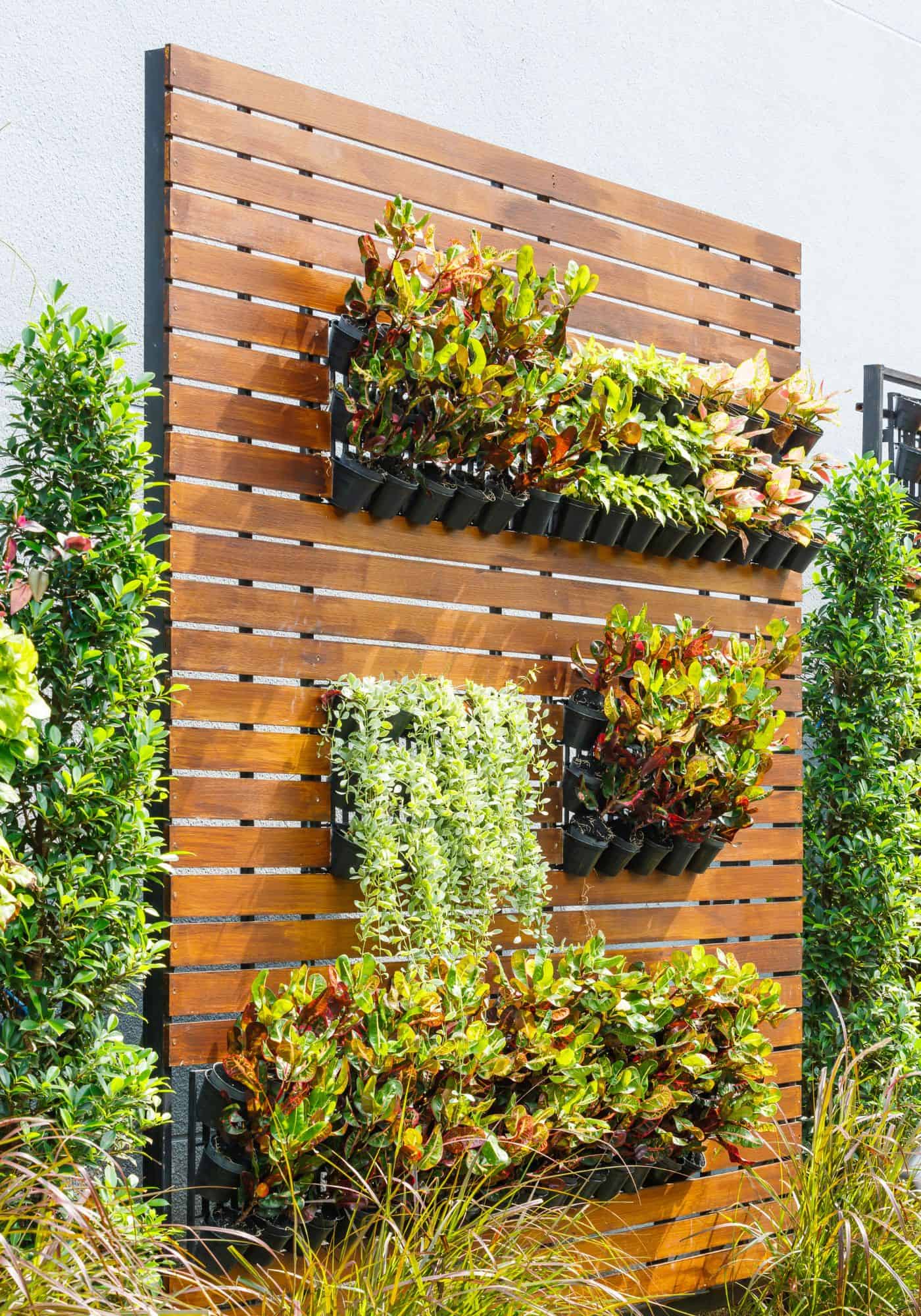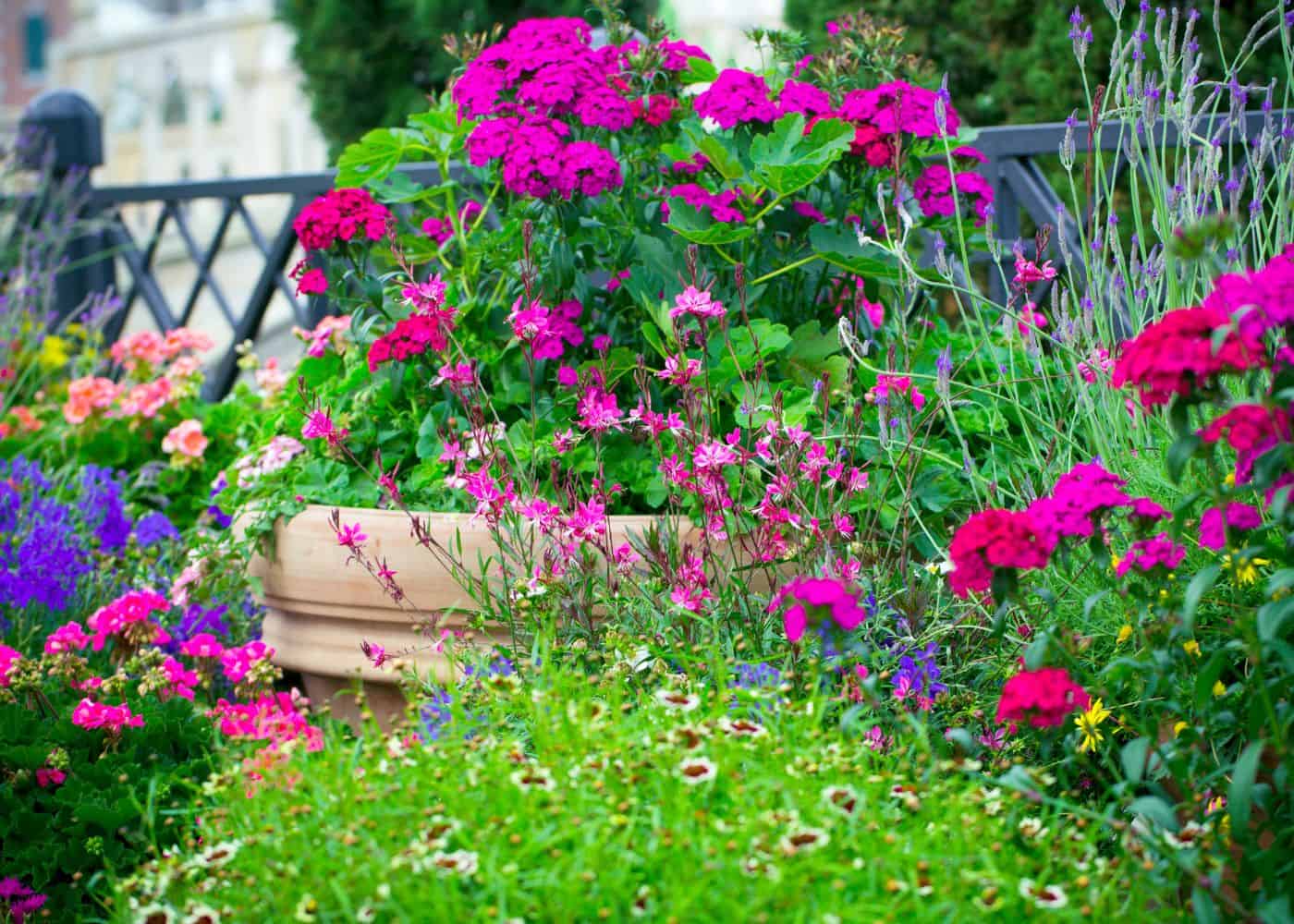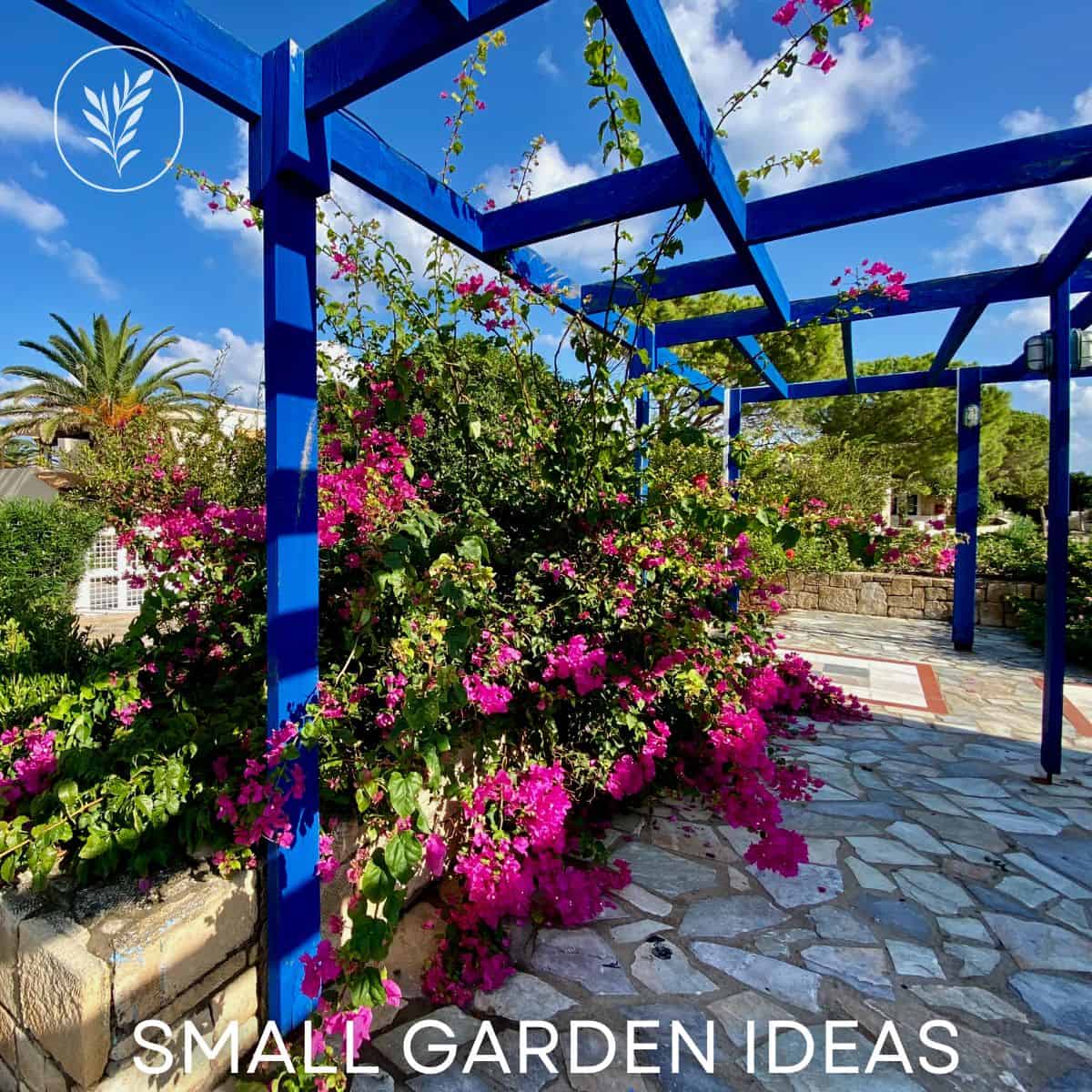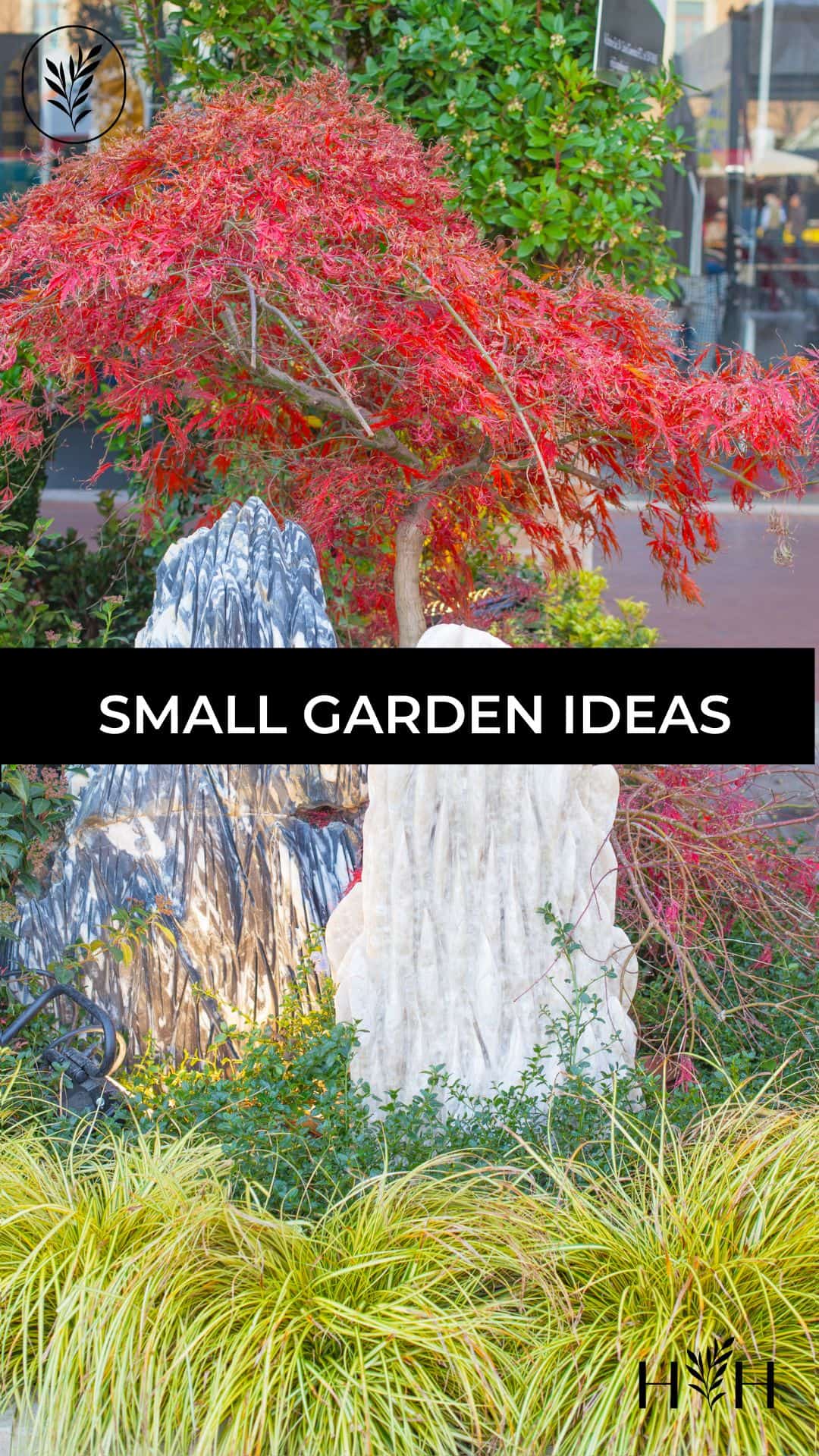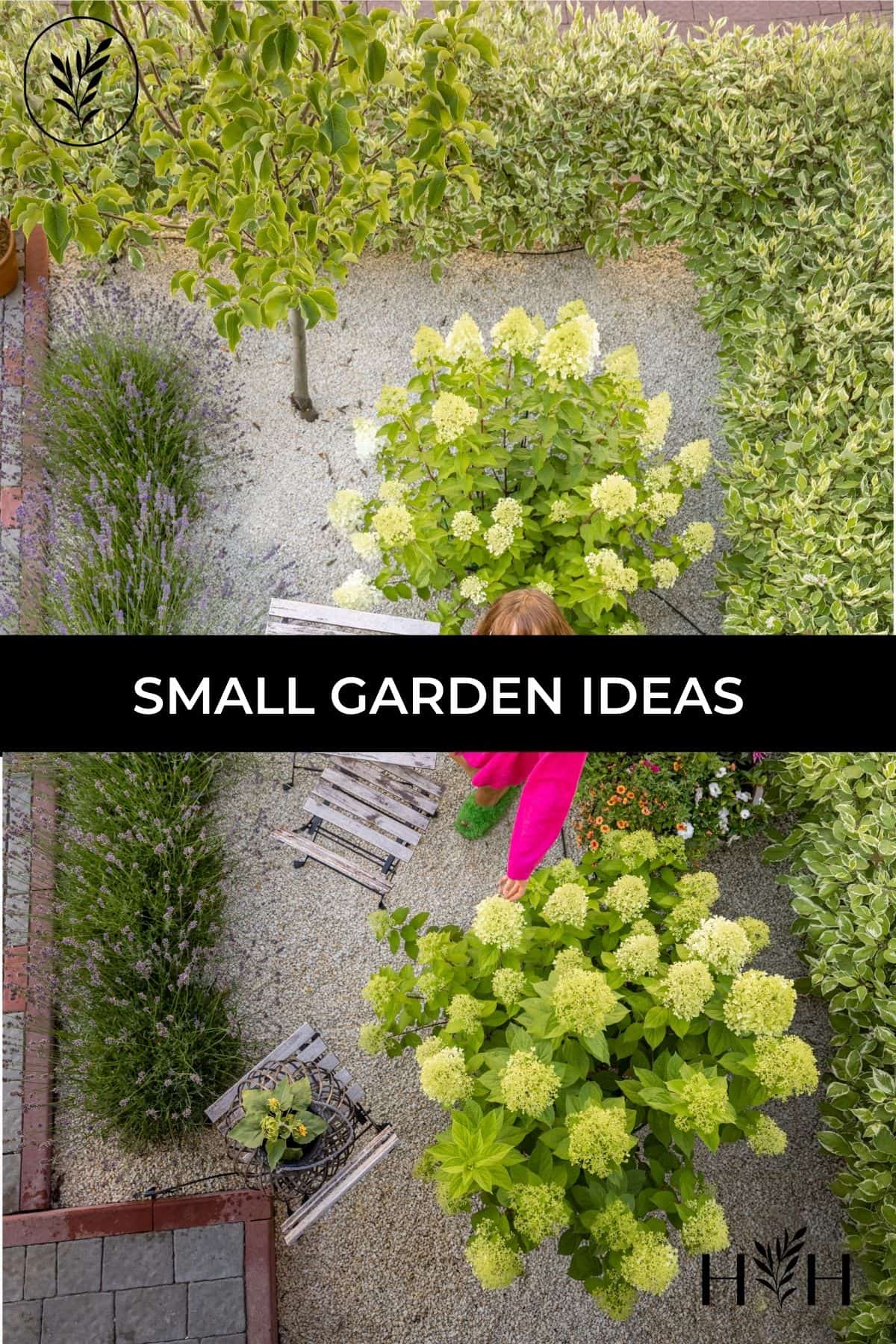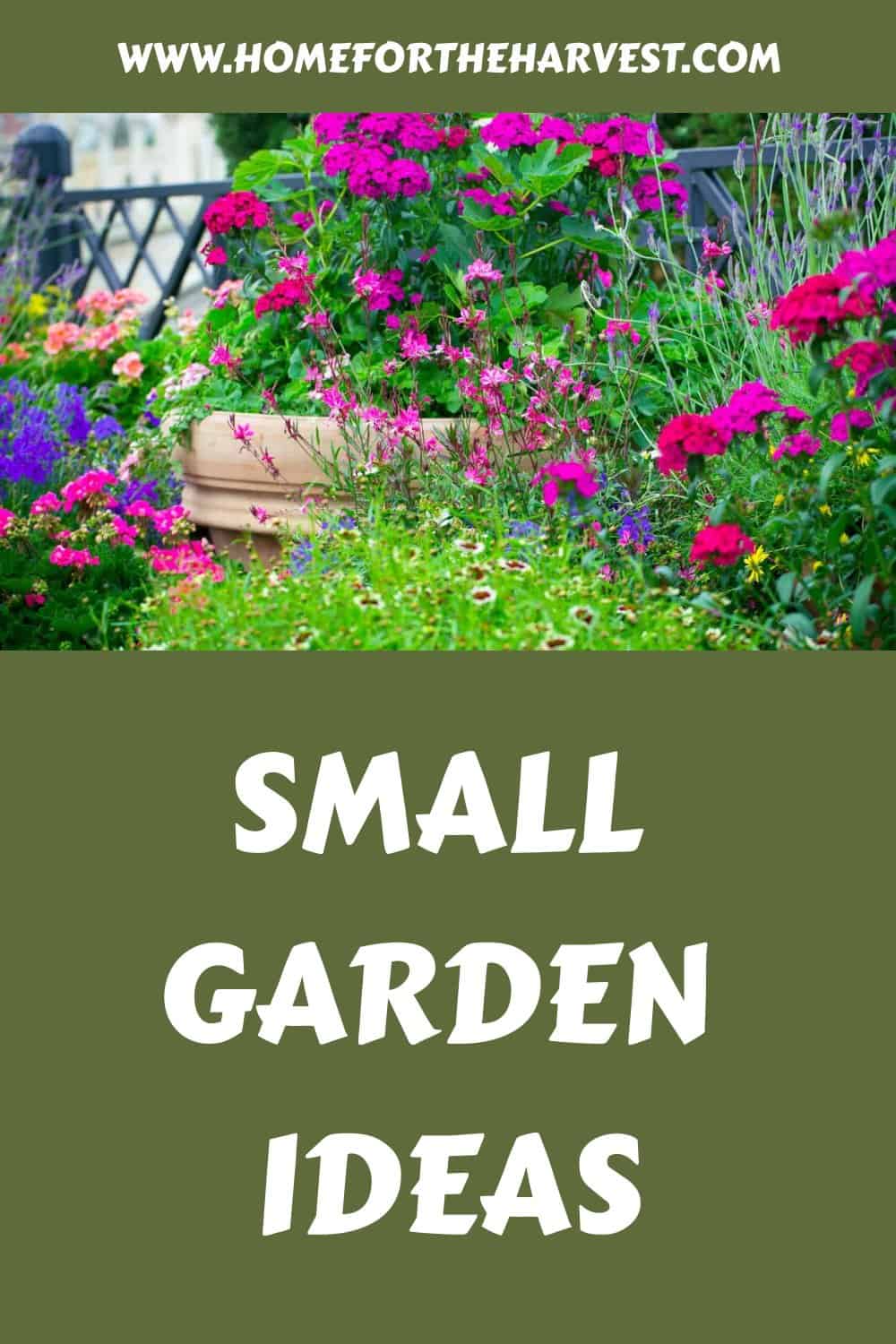As more people move to cities and urbanization increases, gardens are growing smaller. This can be tough for avid gardeners who have a long list of things they want to grow. If you have a smaller space (or maybe no outdoor space at all) here are some small garden tips to help you grow masses of plants.

1. Grow in containers
When you have limited backyard space, or even no backyard space at all, container gardening is the next best thing. Most plants can grow successfully in containers, as long as they are large enough and have the right soil mix.
Container gardens can use up more water than usual as the containers dry out very quickly. You’ll find yourself watering daily, perhaps even twice a day in summer. But they do save space and allow you to plant whatever you want on a patio, balcony or even indoors.
For outdoor surfaces that don’t enjoy exposure to moisture, make use of drip trays underneath your pots. Also be careful when watering on balconies to stop water from dripping down to your neighbors below.
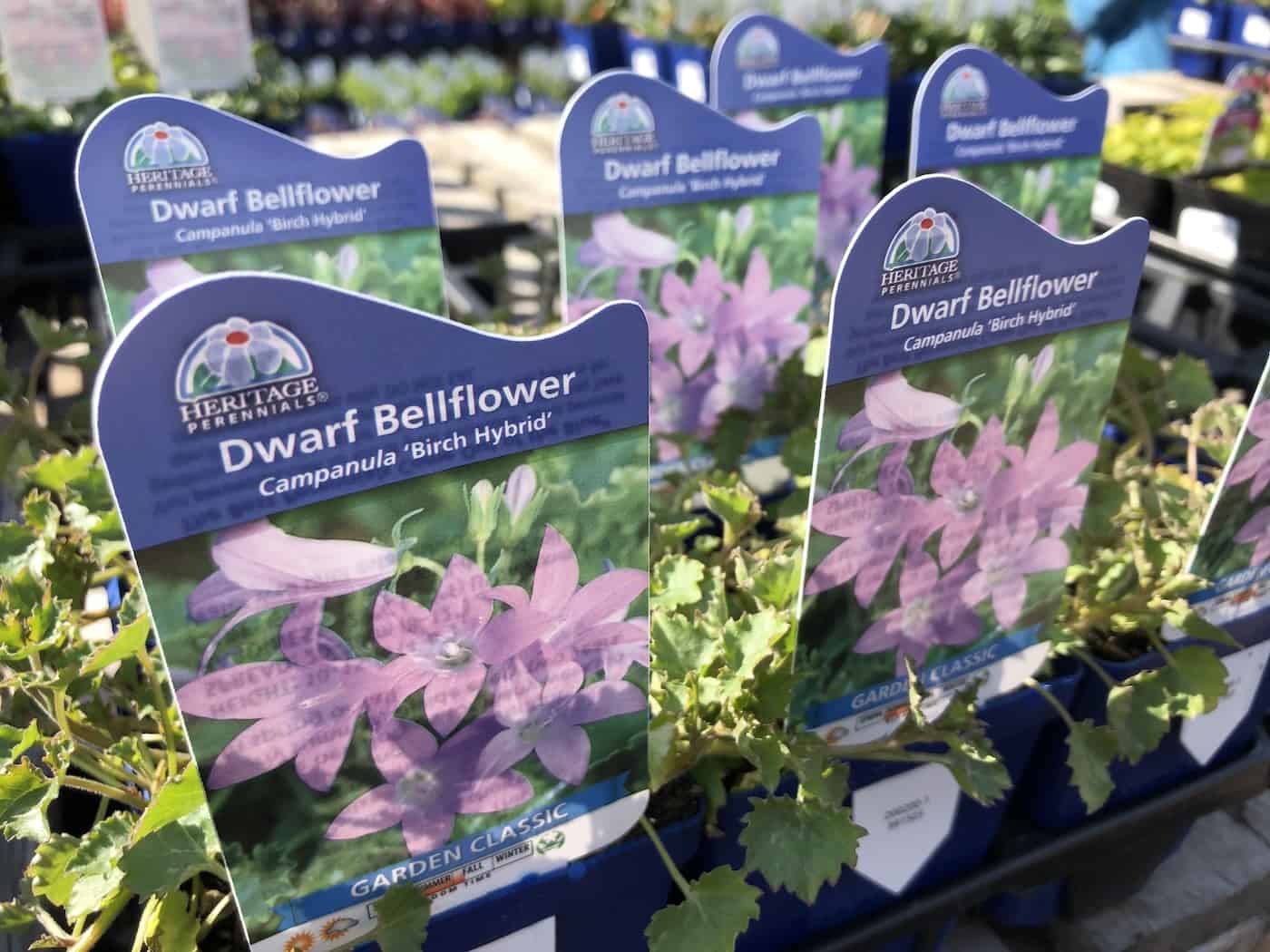
2. Choose dwarf varieties
Although many plants grow well in containers, some will need more space than others. If you don’t want to spend large amounts of money on massive containers and the soil to fill them, or maybe have very limited soil space outdoors, keep it small by choosing dwarf plant varieties.
With advances in biology and horticulture over the years, growers have developed many new cultivars of plants that are smaller than the originals and take up less space. They are also often called patio varieties, alluding to their main uses.
If you want to grow a plant but don’t have the space, check if there are any dwarf cultivars to choose from.
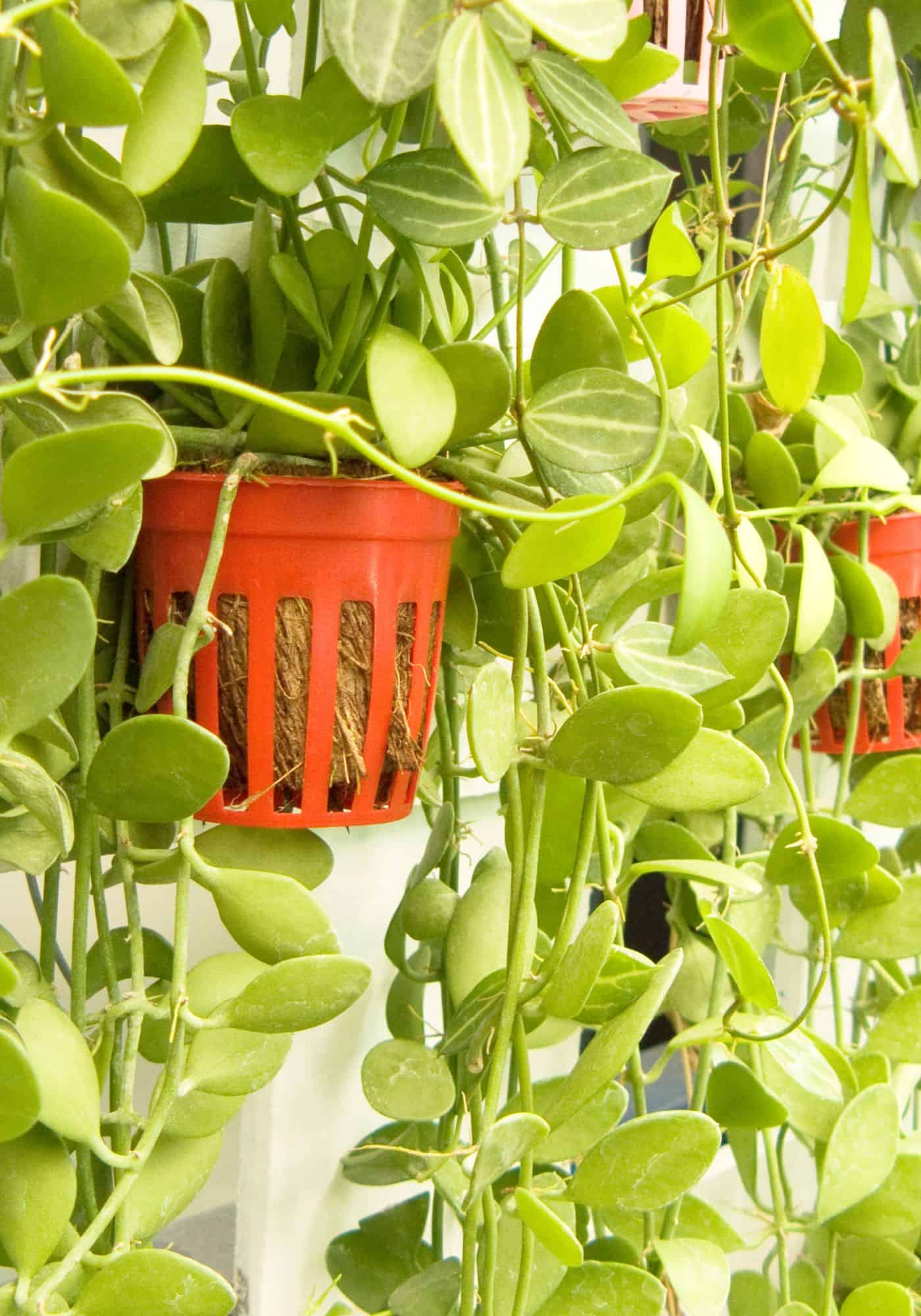
3. Use vertical space
Vertical space is so often overlooked in gardens but can be incredibly useful when you’re looking to save space. Using trellises or pots mounted to walls, you can almost double your growing space without making your outdoor area feel too crowded.
This is especially useful in patio vegetable gardens where many trailing plants benefit from being lifted off the ground. Try growing beans in a container up trellis attached to your wall, with some lettuce down below that will benefit from the additional shading.
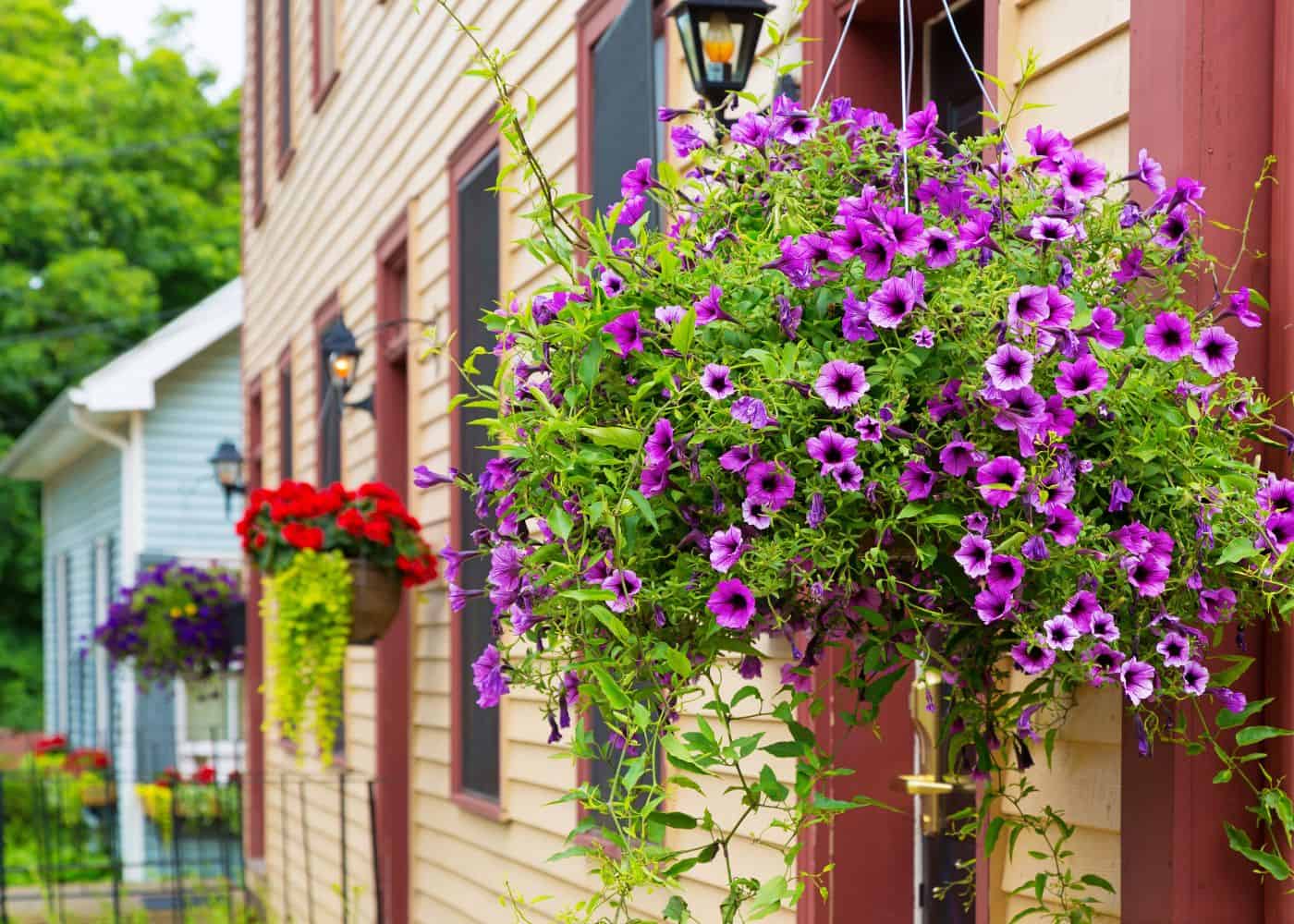
4. Try hanging baskets
Once you’ve covered your walls in plants, it’s time to look to your ceiling. As long as your roof can handle it and your hooks are strong enough, you can grow tons of plants overhead, making use of space that would otherwise be left empty.
If your baskets are far out of reach, make sure you choose plant varieties that are low-maintenance. You don’t want to have to take your baskets down every afternoon to water. Either hang them around eye level or choose hanging succulents that require minimal watering.
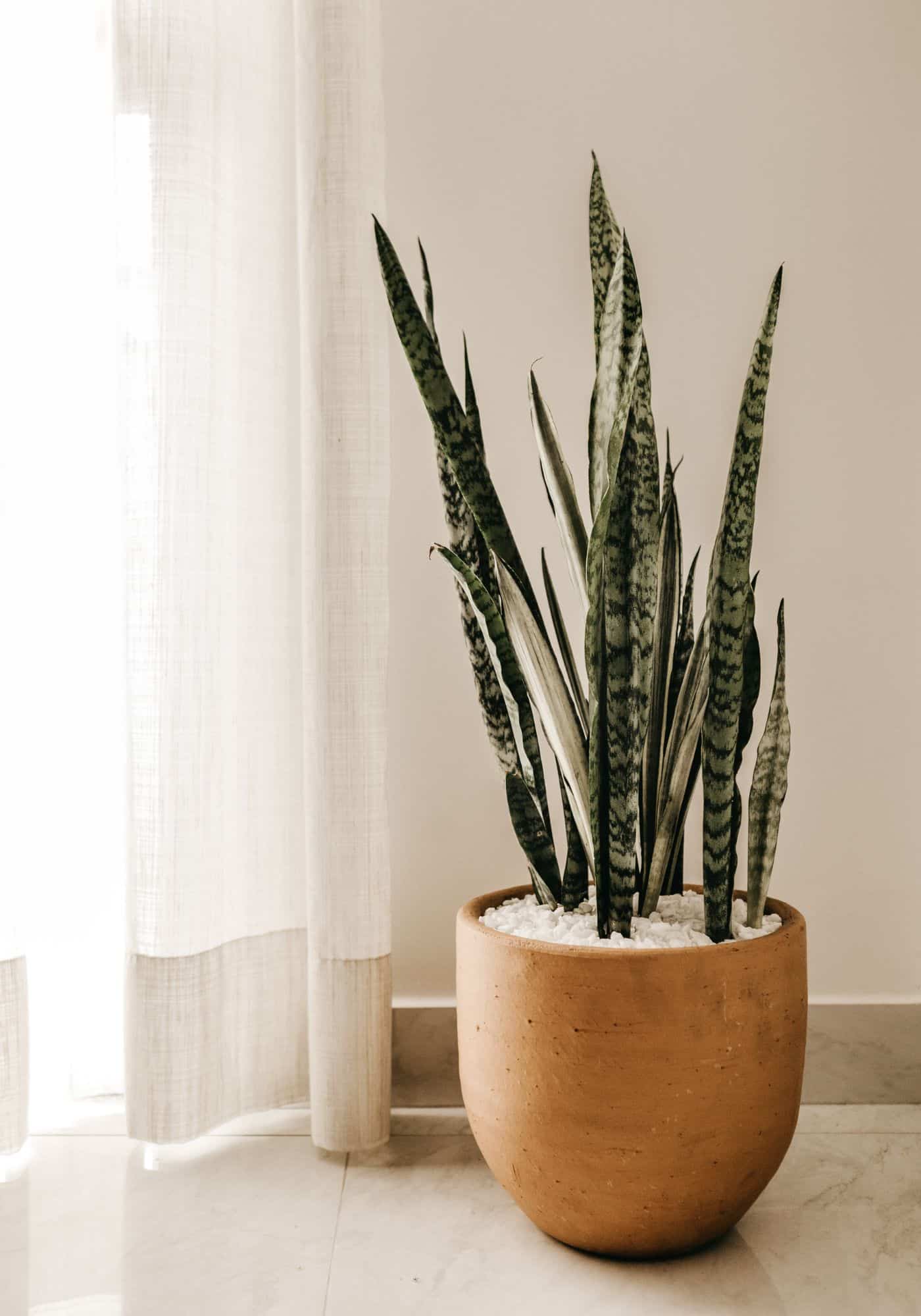
5. Grow indoors
Many 21st-century gardeners don’t have any outdoor space at all. Luckily, indoor gardening has exploded in popularity and continues to gain momentum each year. The world of houseplants is vast and even plants that are typically reserved for outdoor growth can be kept indoors with the help of grow lights.
Keeping indoor plants isn’t only great for space-saving, it’s also good for your health. Several studies have listed the benefits of being around nature for mental health and overall mood. They also bring aesthetic benefits, boosting your interior design with little effort.
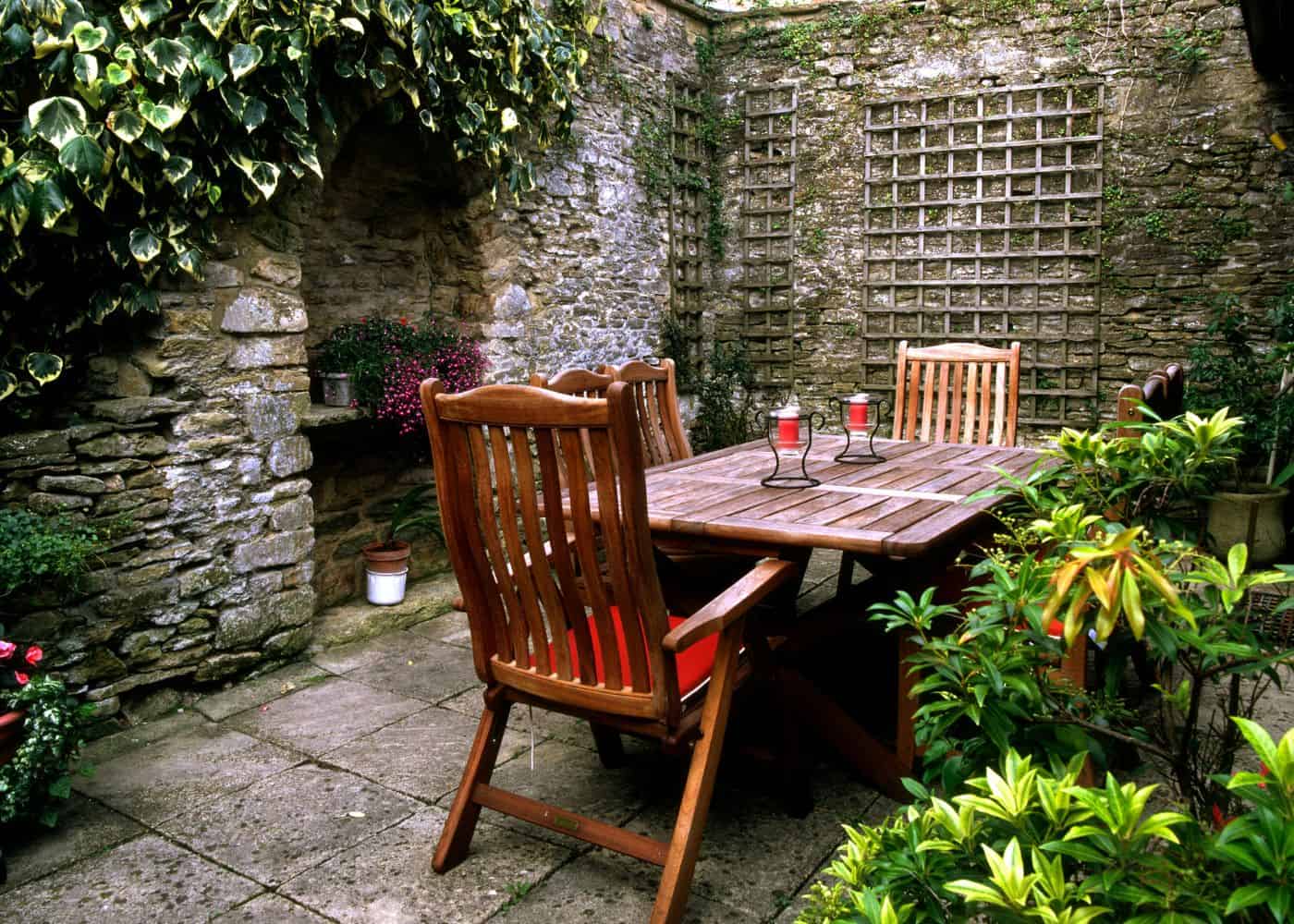
6. Draw the eye around the garden
Often small backyards are tricky to design, with narrow shapes, fencing and existing hardscaping to work around. Luckily, with the use of a few plants, you can make these small spaces look vast by creating a visual illusion.
This is often illustrated in interior design, but works just as well outdoors. For example, if you want to make your garden appear longer, line the edges with taller plants and keep features toward the back to draw the eye upward. Shorter spaces can make use of meandering paths concealed by plants to indicate there is more to see than meets the eye.
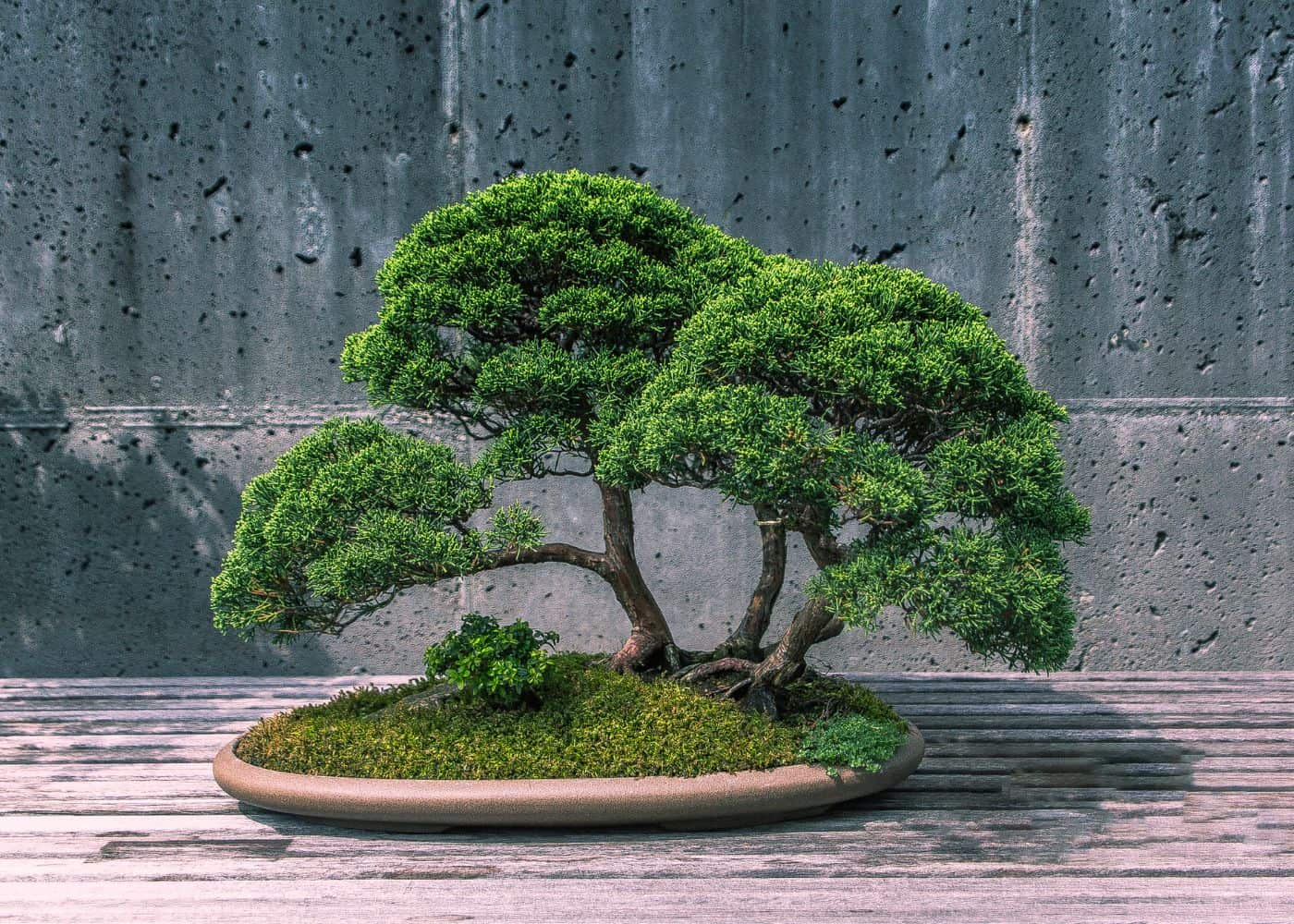
7. Practice bonsai
Tree lovers will have a tough time with a small garden. Many trees take up plenty of space not only above the soil, but below as well. When space is at a premium, you’re more likely to enjoy filling it with a variety of smaller plants than one large one.
But, you don’t have to give up on your tree-growing dreams altogether. Instead, try growing bonsai trees. This impressive practice is quite technical and requires patience, but is also remarkably rewarding. Bonsai trees last for years and are an instant eye-catcher in the garden.
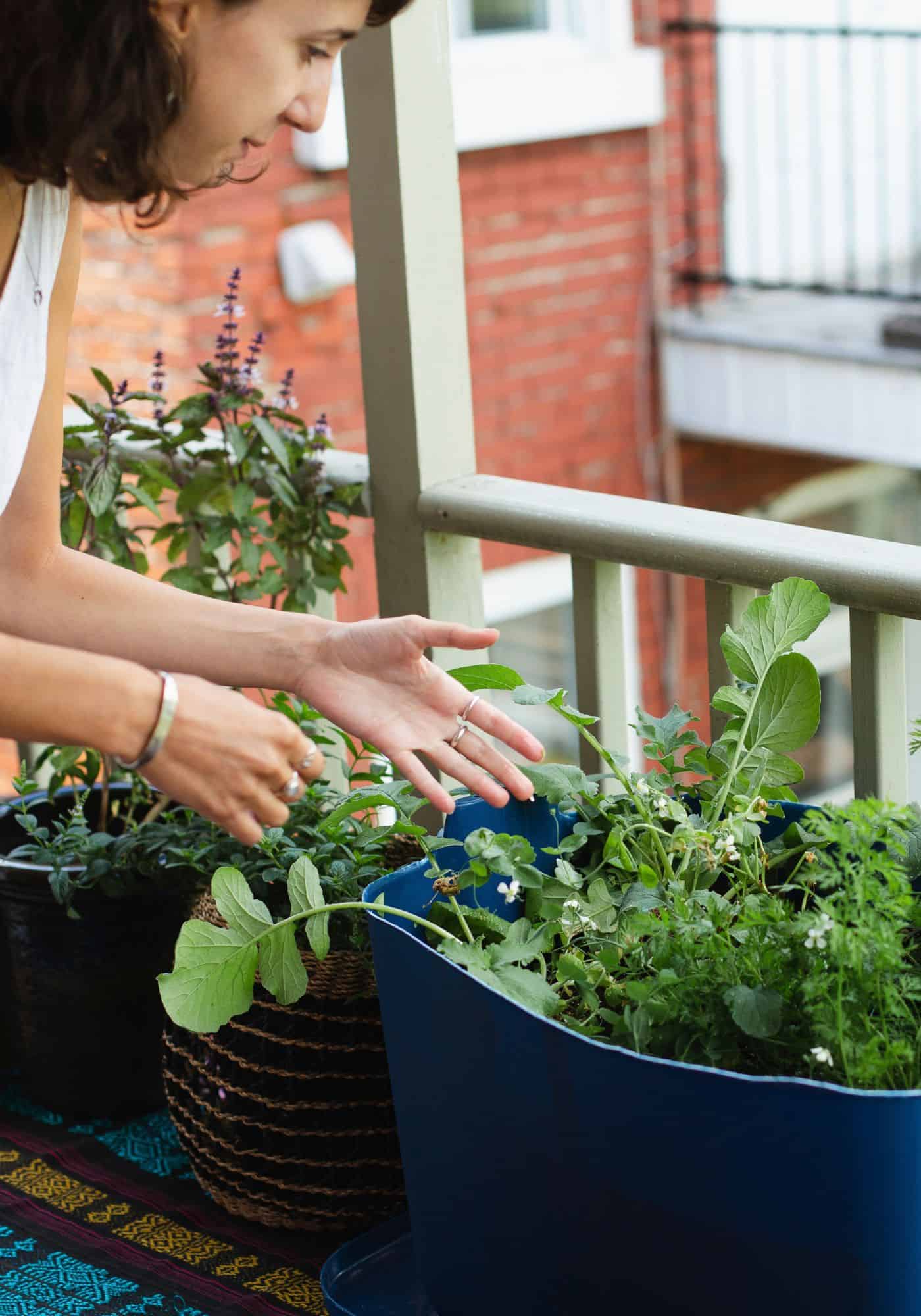
8. Build up slowly
When dealing with a small space, it can be tempting to fill it with stuff quickly. However, just as in any garden, it’s better to start slow. Try a few of these tips to see what works in your space. A crowded garden is likely to look even smaller than it would if it was carefully planned and built up over time.
